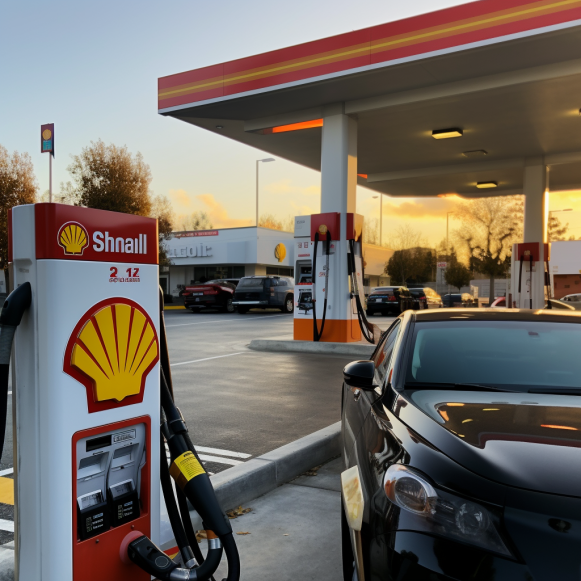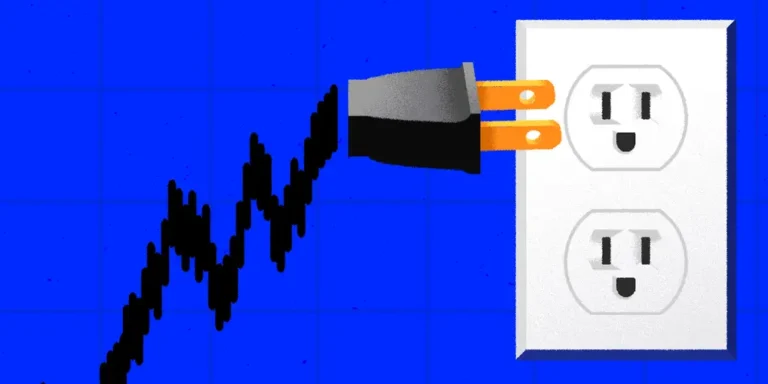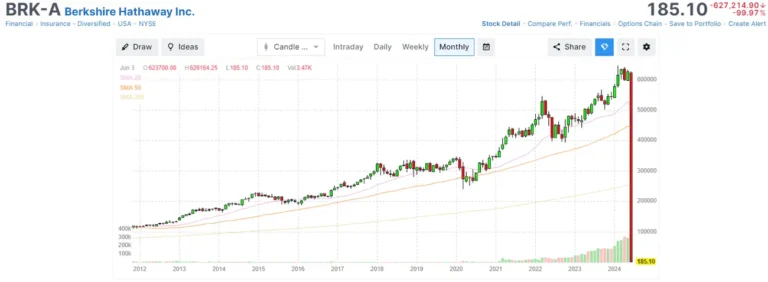Gas prices surge above $6 a gallon in some Bay Area cities

Newsom orders penalties for price-gouging
Keep your power in check! The average price of a gallon of gas in California surpassed $6 on Thursday, with San Mateo, San Francisco, and Marin counties experiencing some of the most painful increases in the Bay Area.
According to AAA data, the state’s average price of $6.03 per gallon represented a 19-cent increase over Tuesday, marking the first time the cost has surpassed $6 since last fall.
San Mateo’s average price increased from $5.67 to $6.04 per gallon in two days, while San Francisco’s increased from $5.68 to $6.03. Marin’s price increased from $5.69 to $6.07.
Dawn Cusulos, who commutes from San Bruno to San Francisco most days, said the cost of filling up her teal Ford Bronco has risen from $60 to $80. “You don’t want to drive as much,” Cusulos said at a San Francisco gas station where a gallon of regular costs $5.79. “But I suppose I have to. I’m a Realtor, so all I have to do is show (properties) when they come up.”
Other Bay Area counties may not have seen average prices rise above $6 on Thursday, but they felt the sting of the sudden state-wide increase. The average price in Santa Clara increased to $5.89 on Thursday, up from $5.58 on Tuesday. Alameda rose from $5.63 to $5.90, while Contra Costa rose from $5.62 to $5.92.
The financial hardship of filling up a tank is not lost on Sacramento’s elected officials.
Gov. Gavin Newsom directed state regulators this week to begin developing penalties to combat purported price gouging by oil refiners, and he directed state air-quality officials to try to boost gas supplies and lower prices by allowing earlier sales of more polluting but easier-to-produce winter-formula gas.
“Oil companies are ripping you off, and we’re going to get to the bottom of it,” he stated. “Big Oil can’t hide anymore.”
A AAA spokesman, John Treanor, described the Bay Area’s 30-cent price increase in 48 hours as “an unusual increase.”
Gas prices are falling across much of the United States, as is typical for this time of year, when winter-formula gas blends enter the market and demand falls after the summer driving season, according to Treanor. California sees cheaper gas around this time of year, but Treanor says that high global crude oil prices and California refinery maintenance are impeding progress.
The California Energy Commission’s Division of Petroleum Market Oversight blamed spiking gas prices on global crude costs, refinery maintenance that refiners “did not adequately prepare for by increasing inventories and imports,” and a “unusual spot market transaction” Sept. 15 that drove up gas prices nearly 50 cents a gallon in a letter to Newsom last week.
According to Kevin Slagle, spokesman for the Western States Petroleum Association, maintenance is “vitally important for the safety of employees and the community, as well as the efficiency of producing the fuels, and carefully planned in advance.” This planning includes “the consideration of supplies,” according to Slagle.
According to Patrick De Haan, head analyst at gas-price-data company GasBuddy, four of 14 California refineries appeared to be down, two for unplanned maintenance.
De Haan explained that the state’s environmental requirements for specific gas blends, as well as a reduction in the number of refineries from 20 in 2008 to 14 today, make it much more difficult to maintain adequate supplies and lower prices when refineries’ production slows or stops for maintenance. According to De Haan, the unusual transaction was likely the result of a refinery closing for unplanned maintenance and having to buy a large quantity of gas from a competitor at a premium price to meet contractual sales commitments.
As prices rose, Newsom issued a directive to the California Air Resources Board on Wednesday, ordering it to allow sales of winter-formula gas — which produces more smog because it contains more butane — before the official transition date from summer gas at the end of this month.
This transition took effect on Thursday, and De Haan predicts that gas prices will begin to fall within three to five days. According to De Haan, one closed refinery will reopen in mid-October and another at the end of October, which should result in lower prices, as will the reopening of facilities closed for unplanned maintenance.
The transition, according to Newsom’s directive, will not provide long-term relief from “volatile gasoline prices that spike far out of proportion to expected fluctuations based on supply and demand — a pattern we have seen emerge last September and this September.”
He directed the energy commission’s Petroleum Market Oversight division to submit preliminary proposals by January 1 to “protect Californians” from “market-distorting behavior” by refiners and petroleum traders. He also directed the commission to initiate a regulatory process to penalize refiners for price gouging.
Slagle stated that investigation after investigation has concluded that high gas prices are the result of market forces, and in California, high costs from regulations, taxes, and state policies. “It costs five times more to refine fuels in California than any other part of the country,” Slagle stated.






